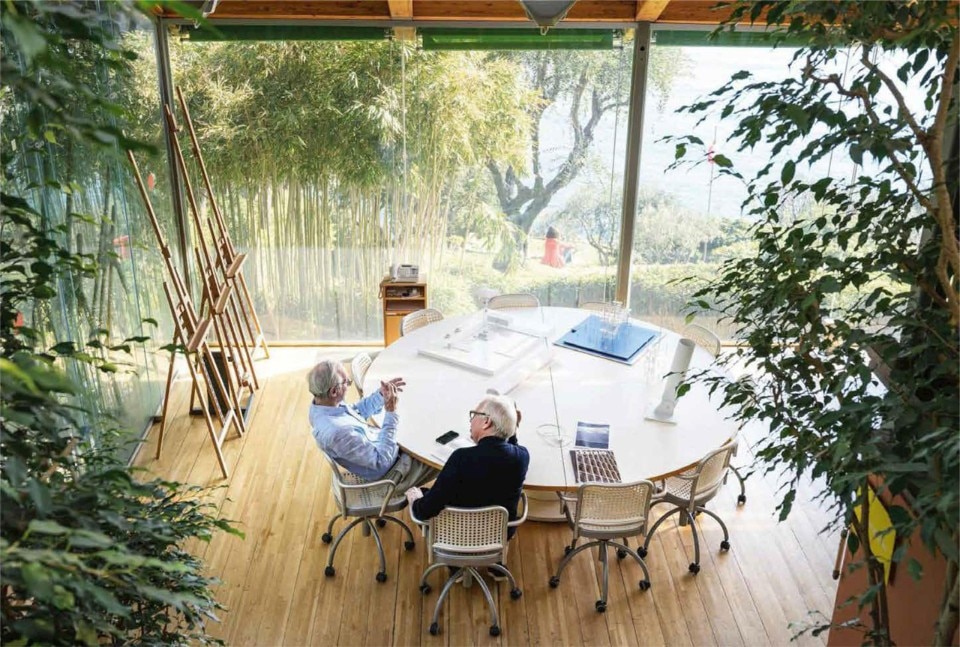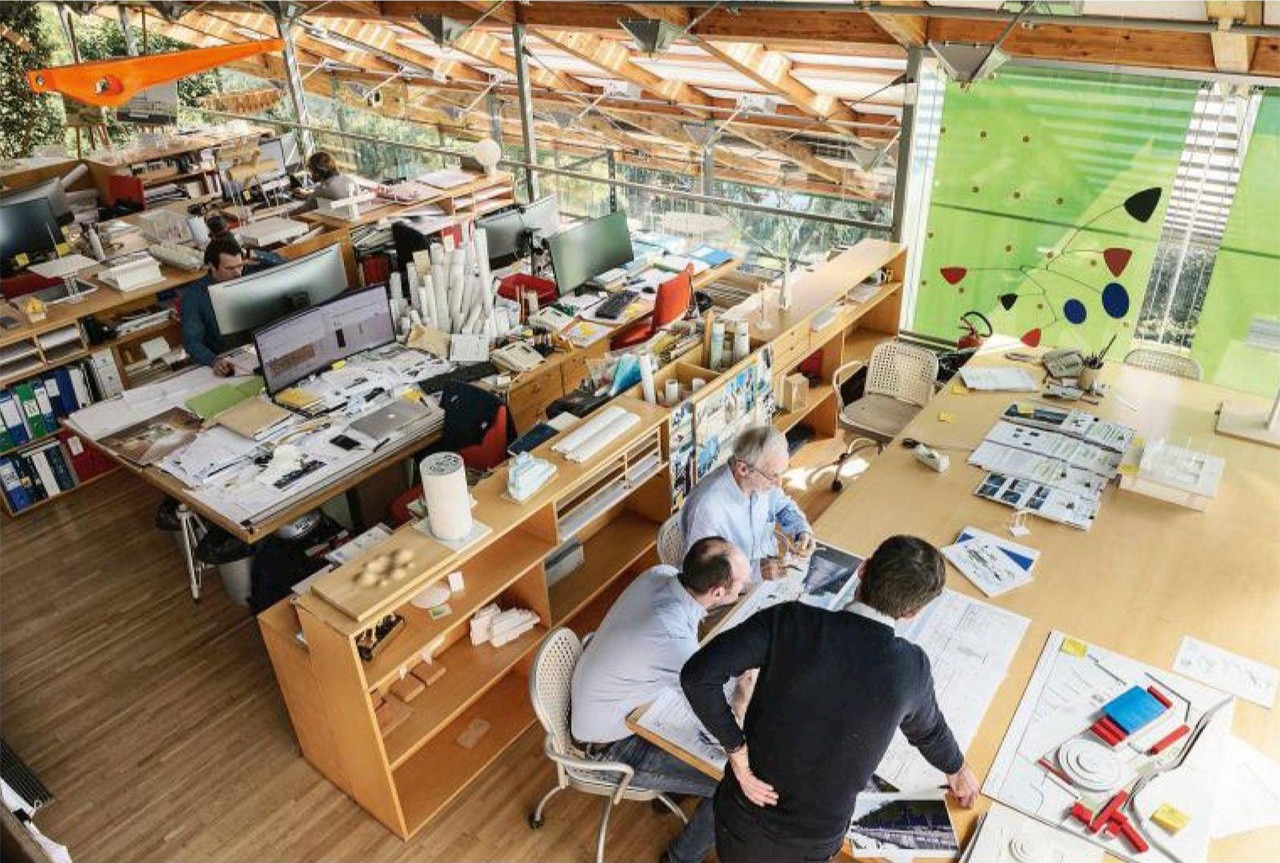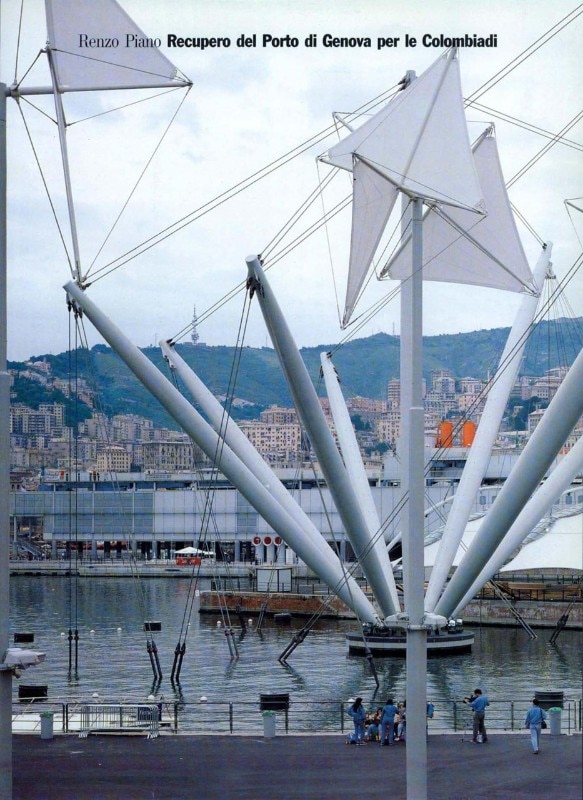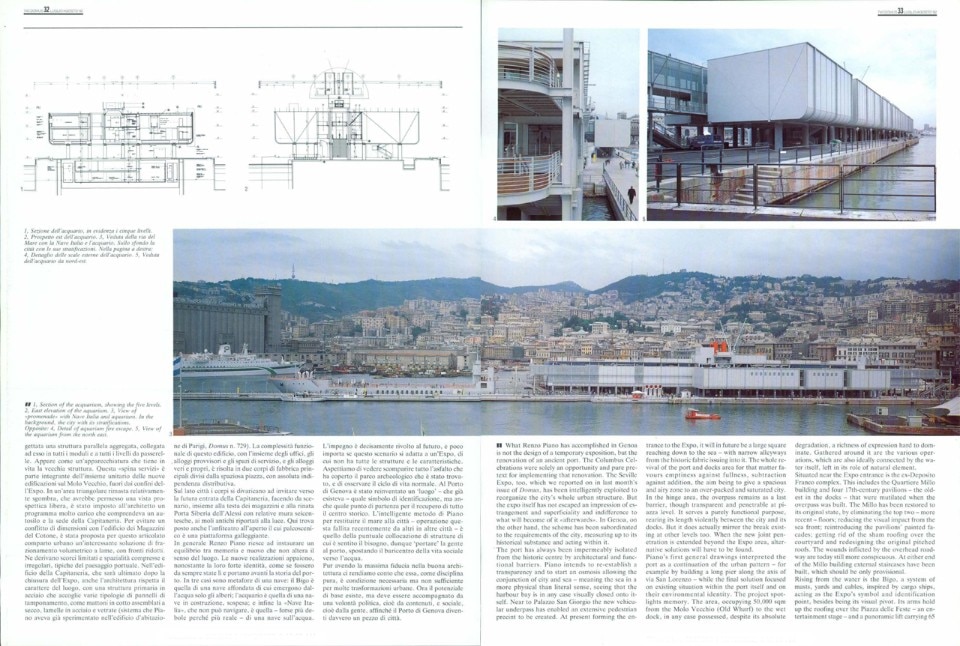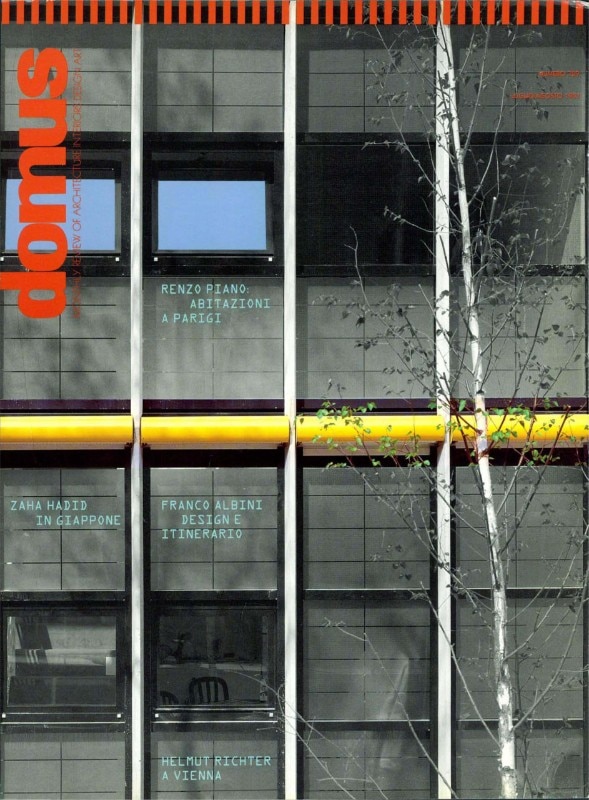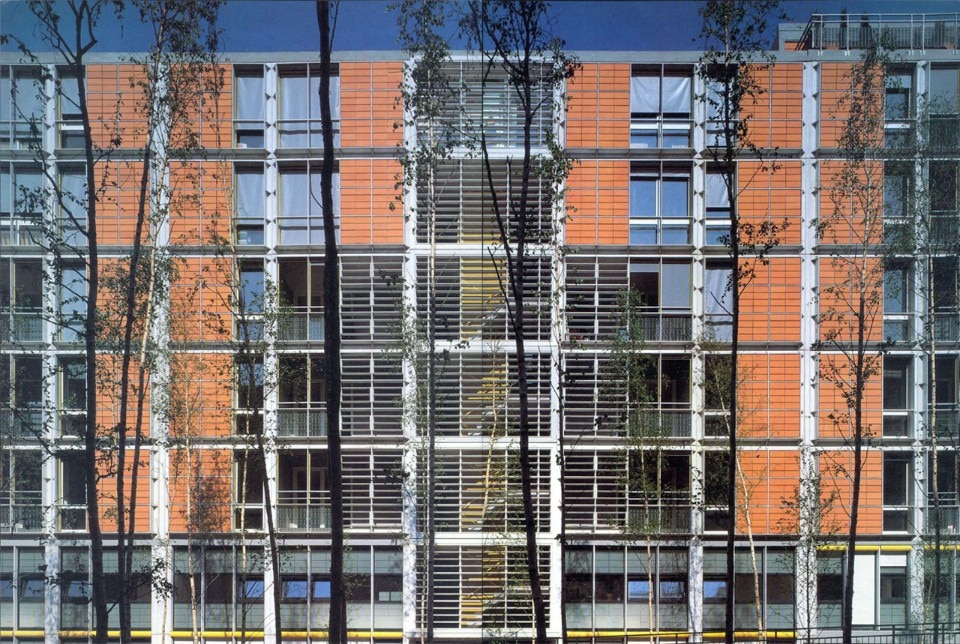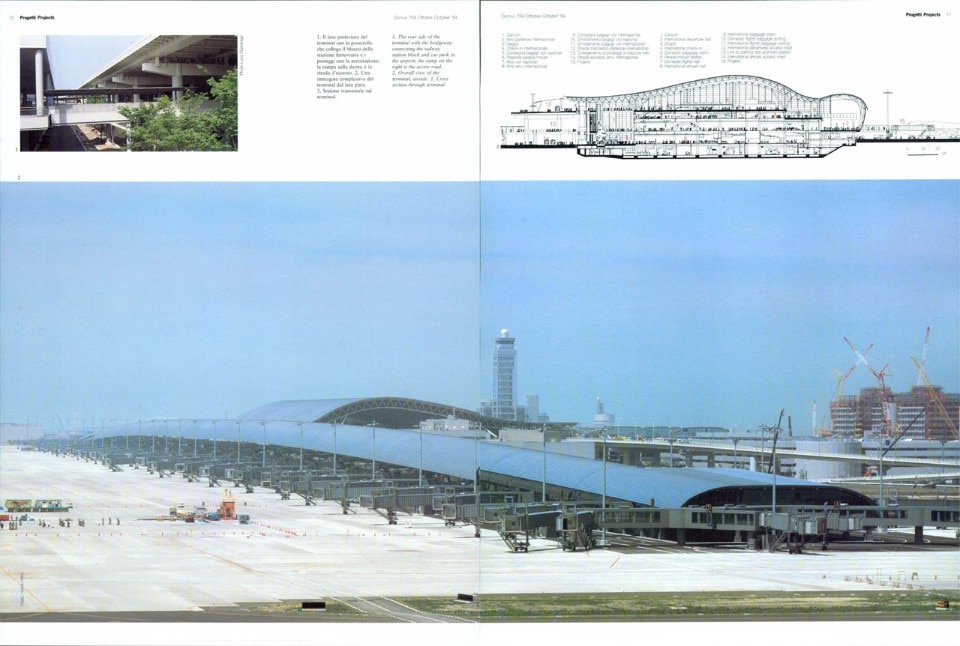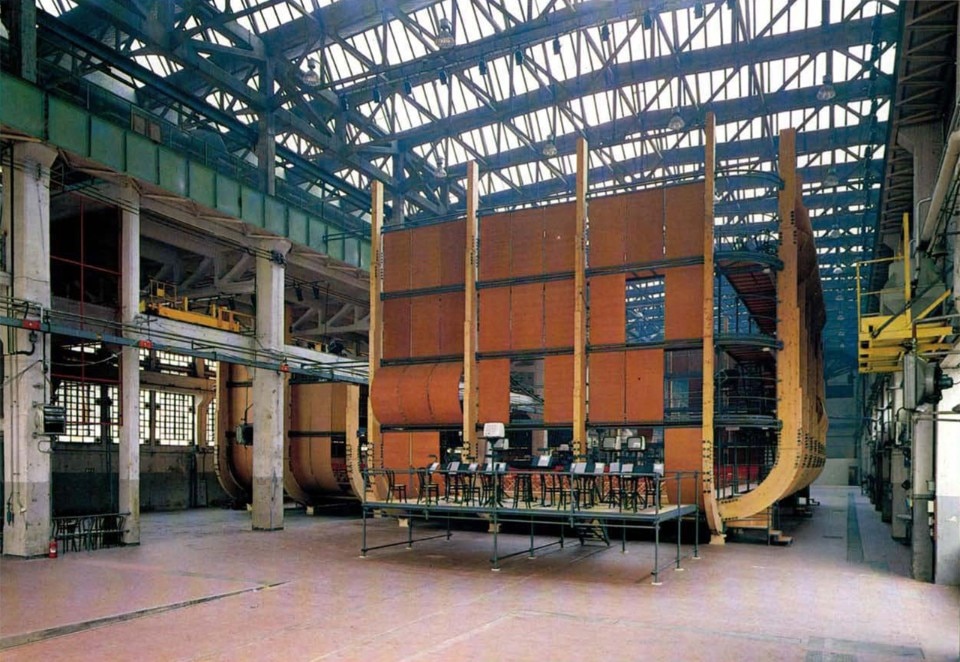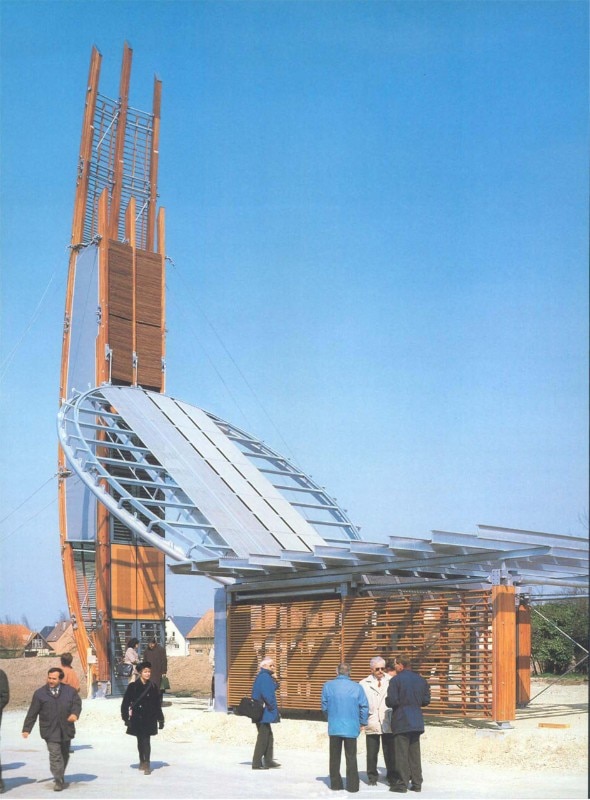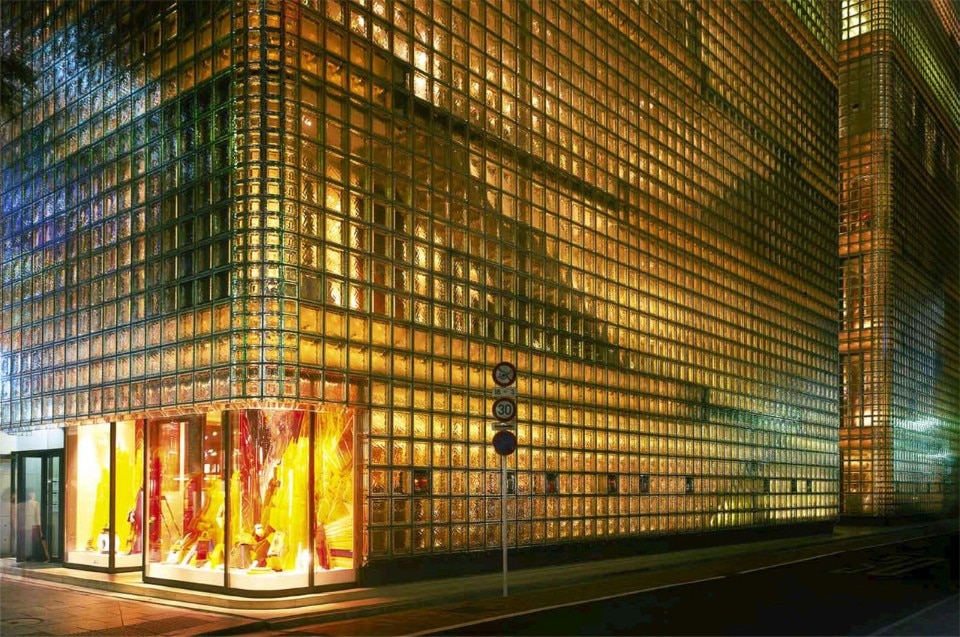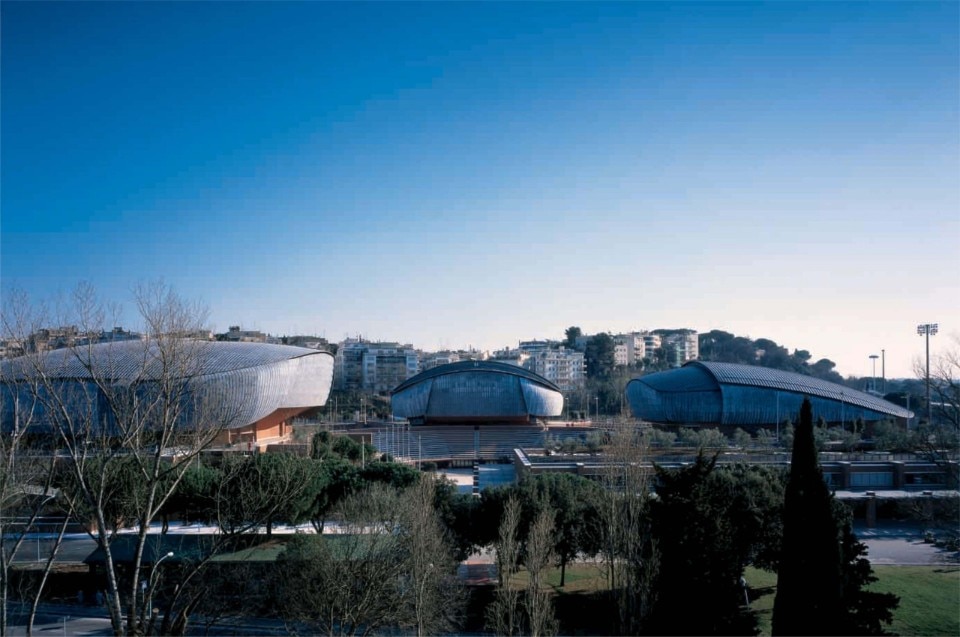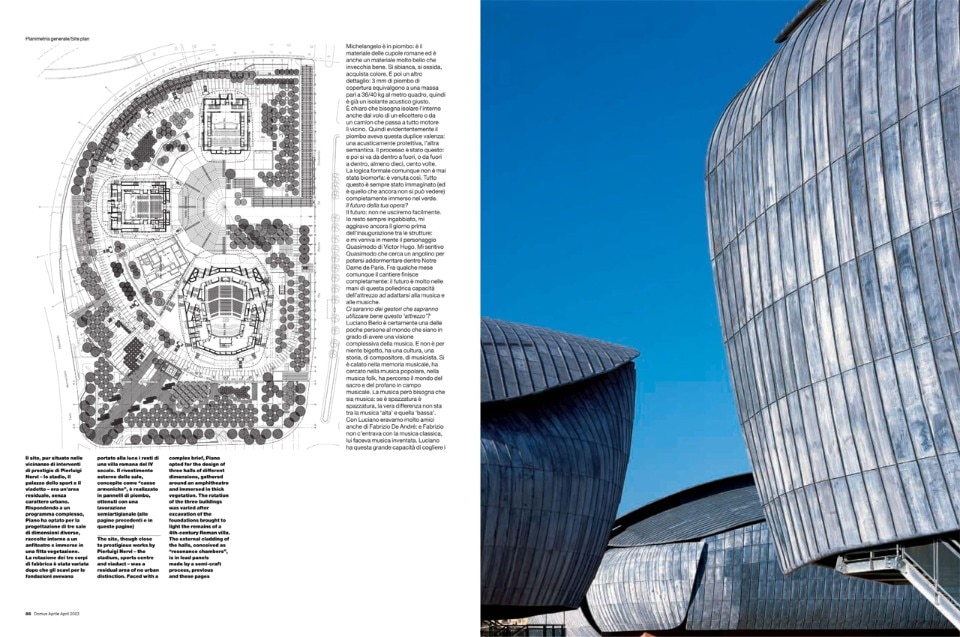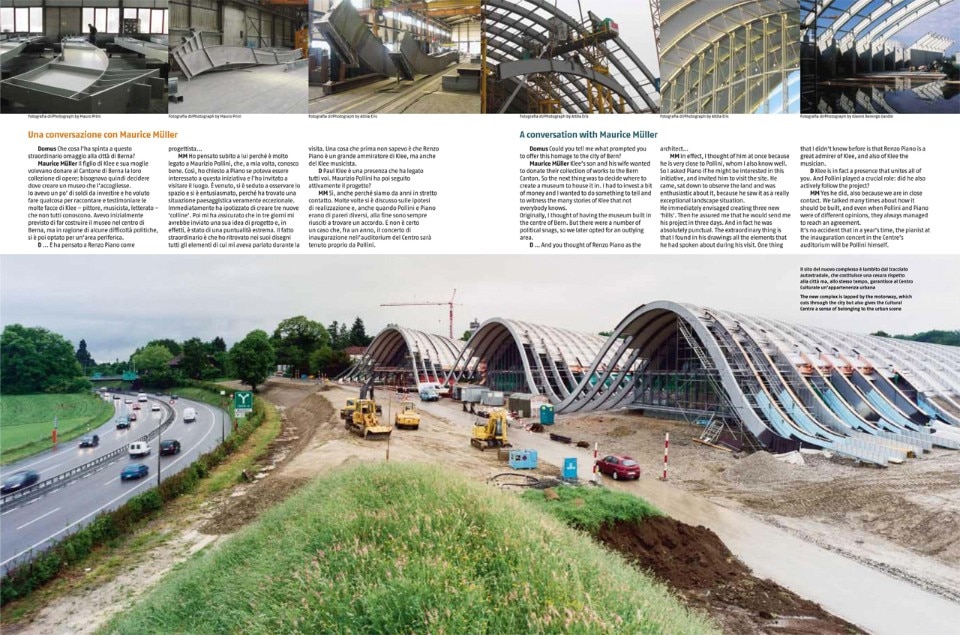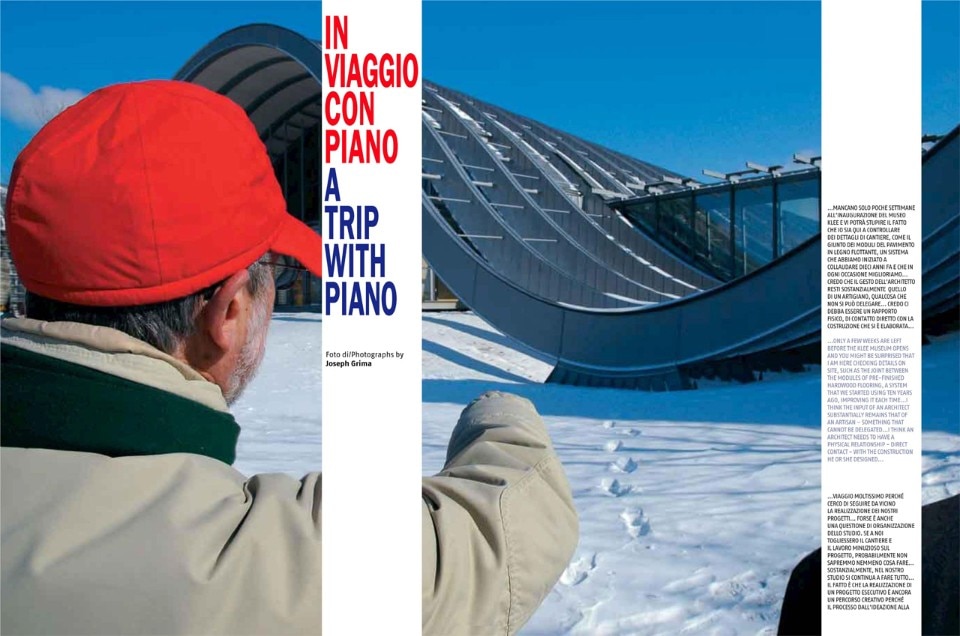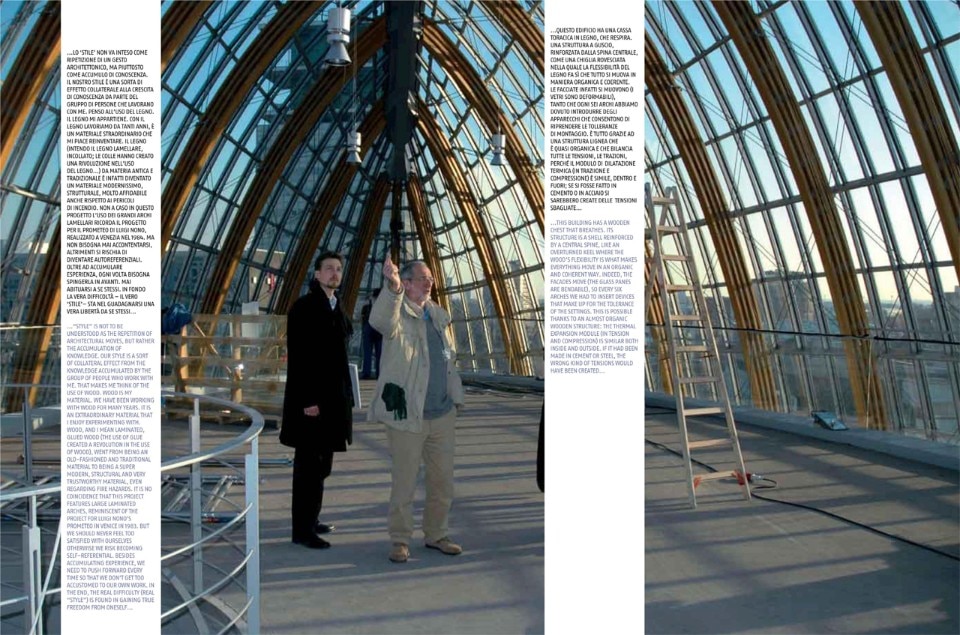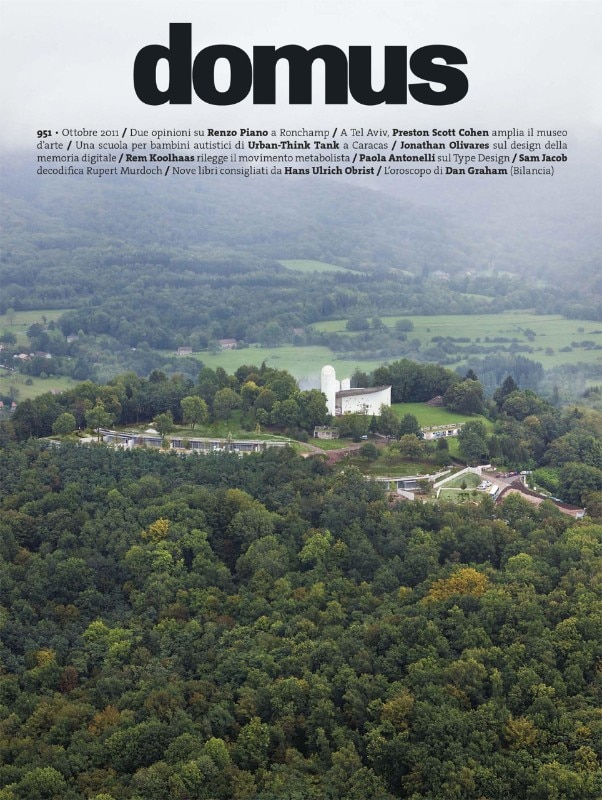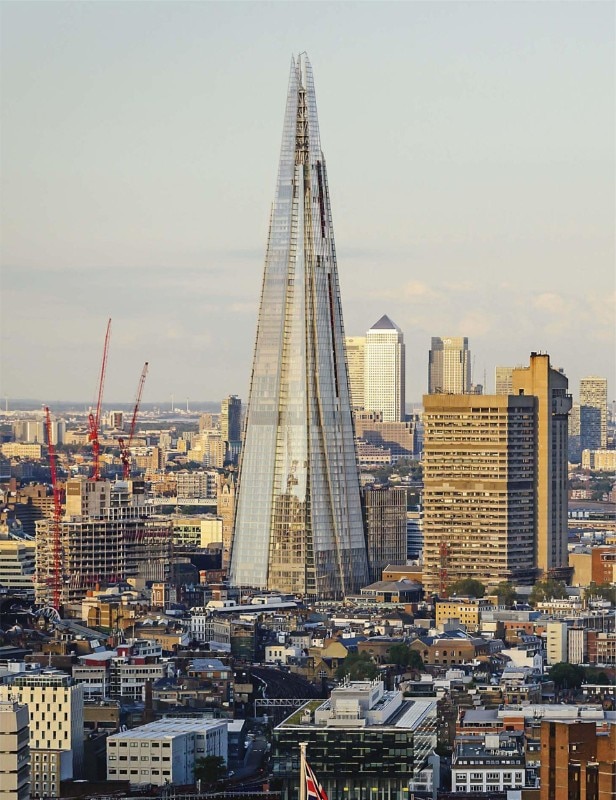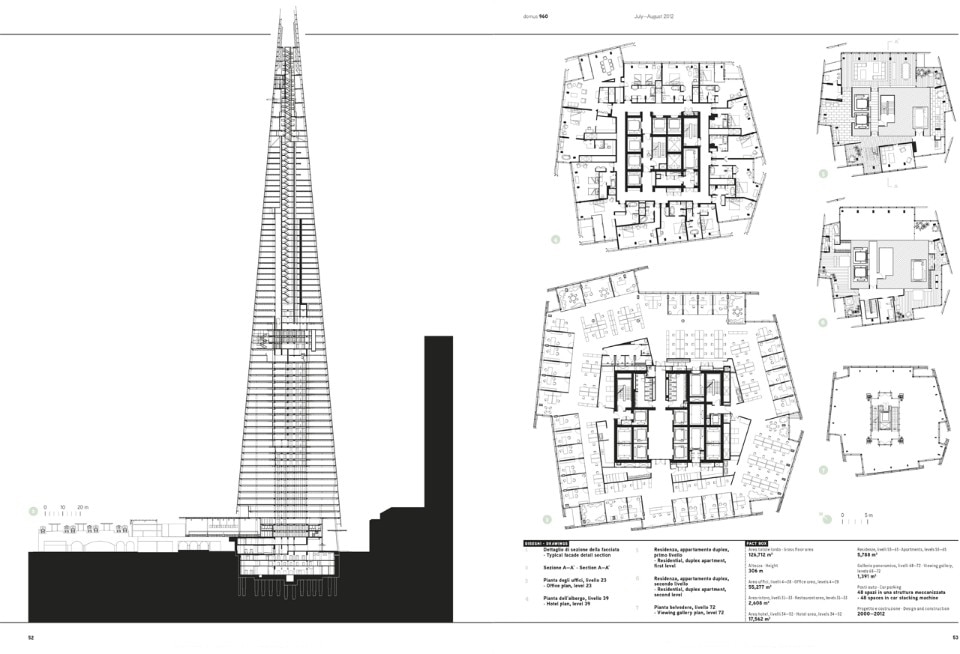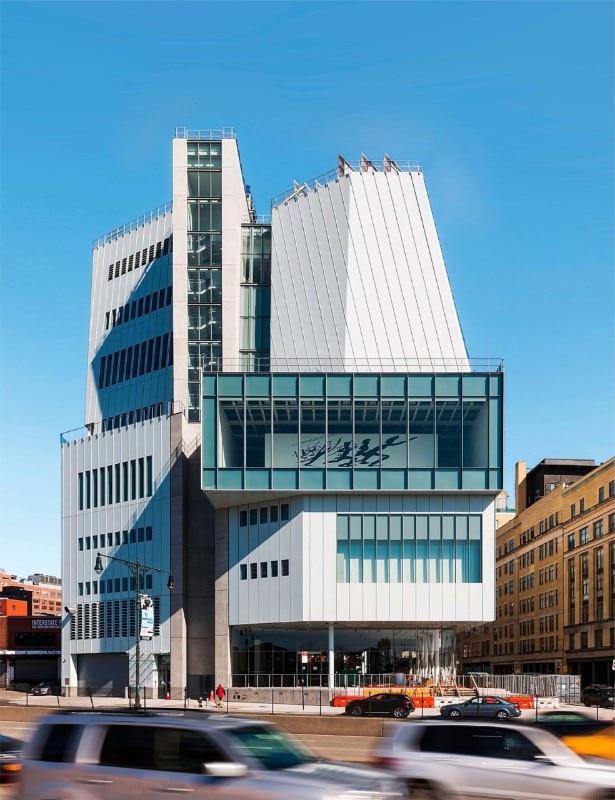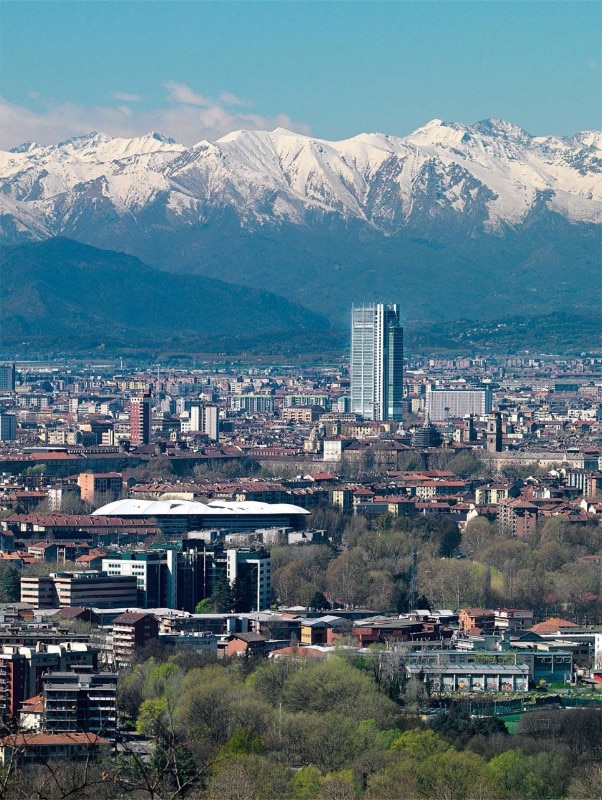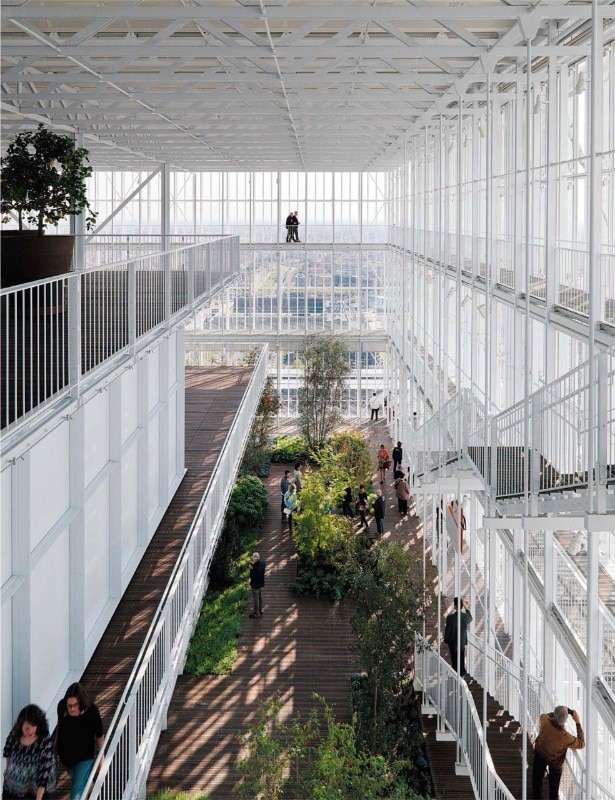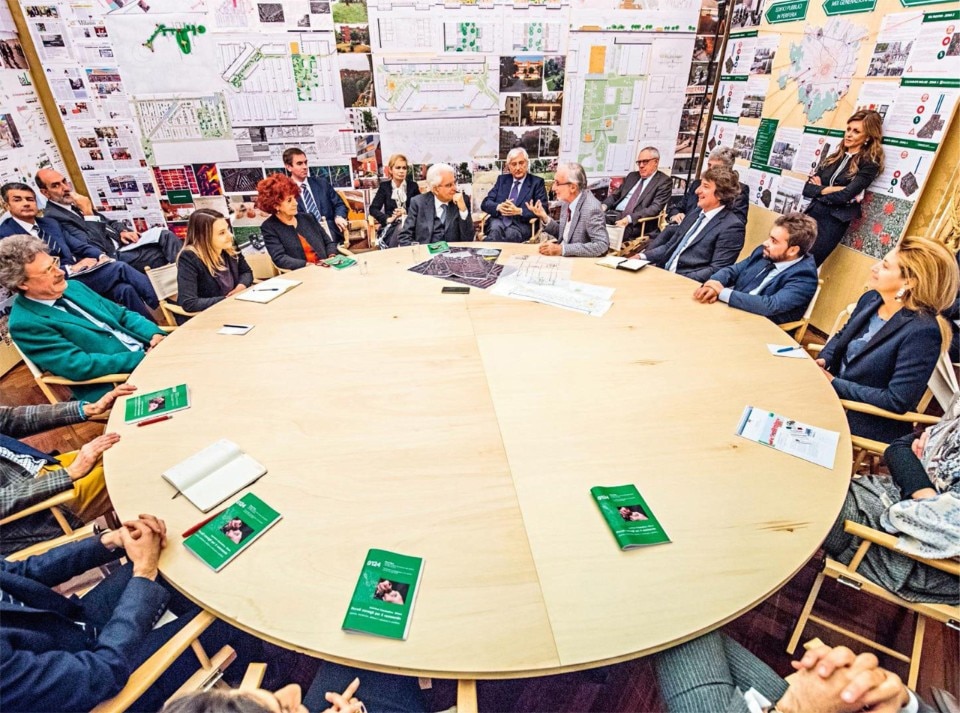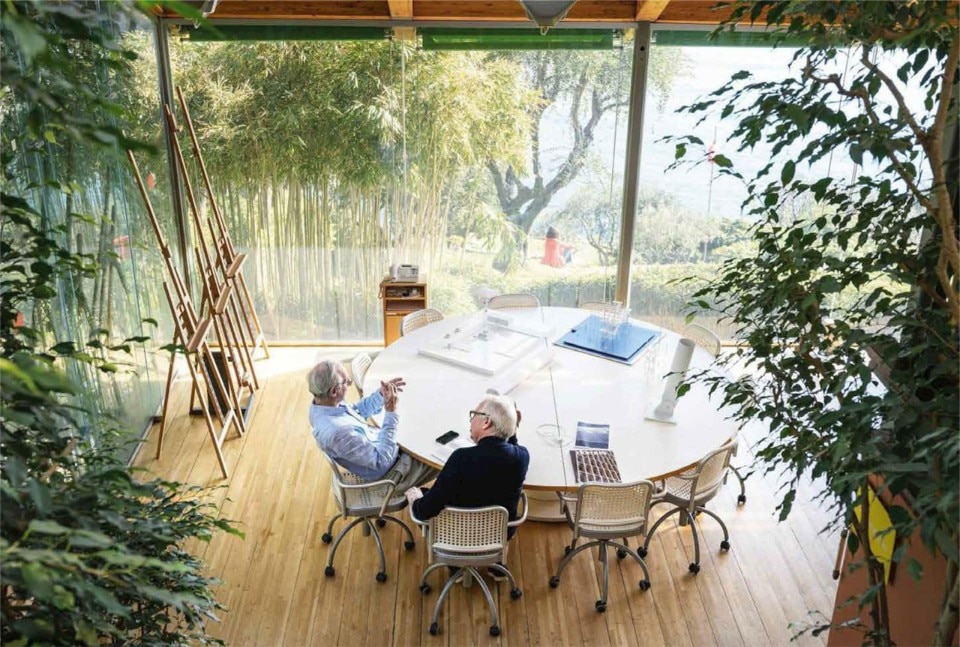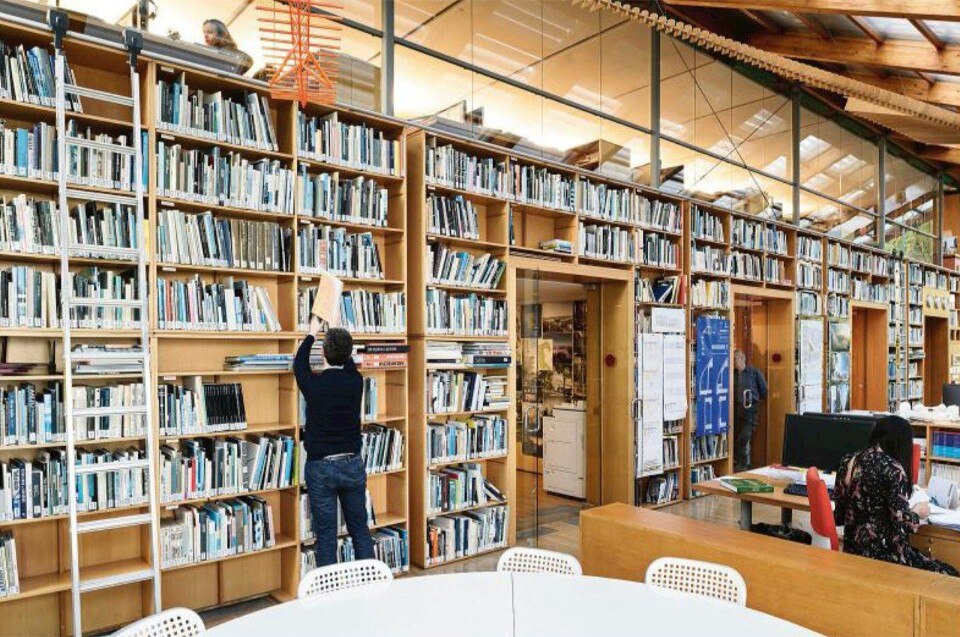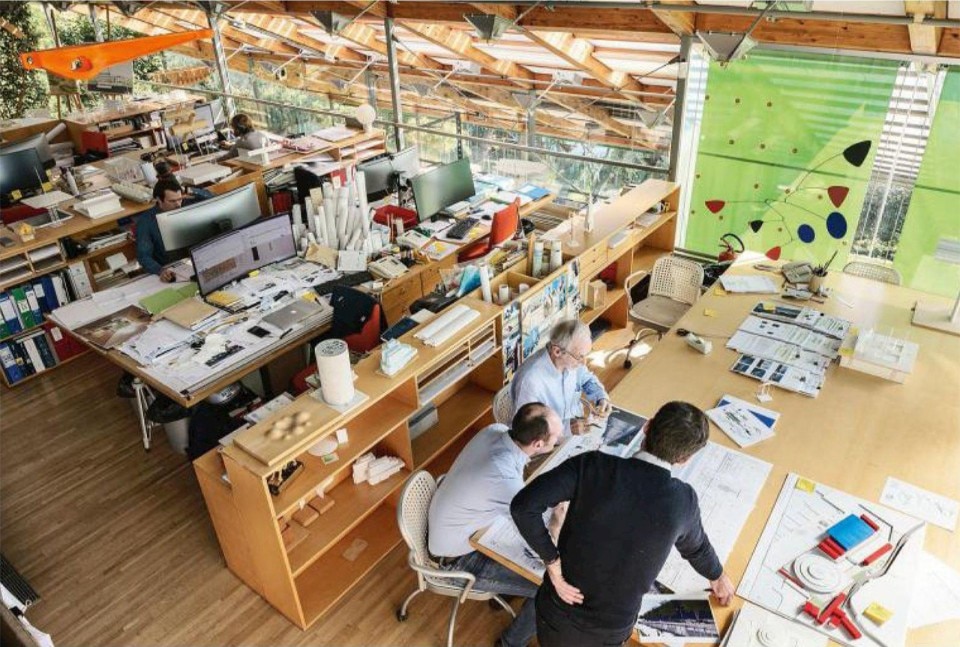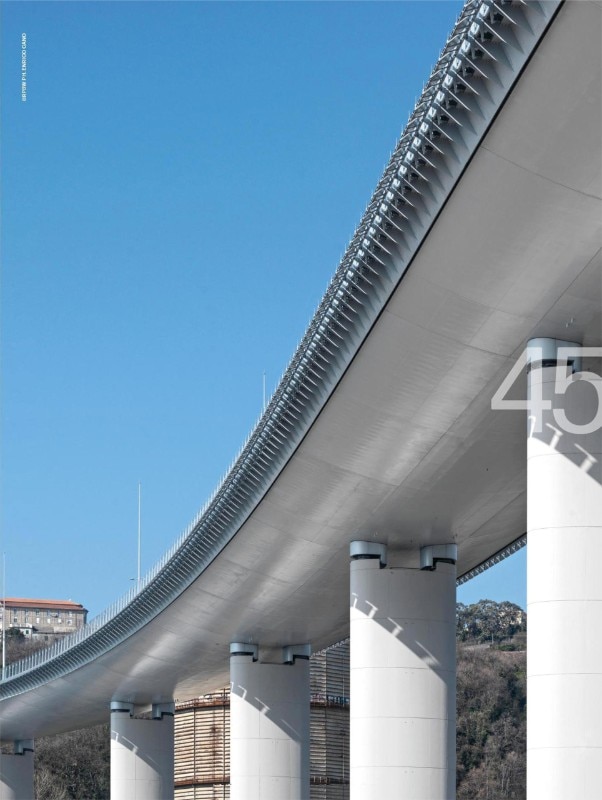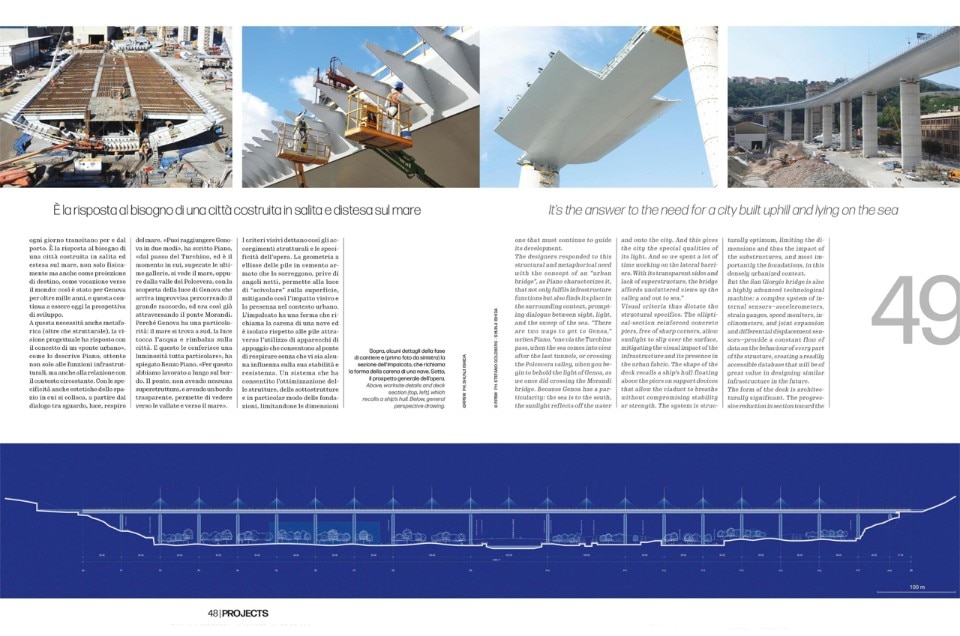In May 2022, we plunged into the six decades of a dialogue between Renzo Piano and Domus, all preserved in the pages of our archive. After the first 30 years, this dialogue had left us with many projects and many insights into an apparently unanswerable question: what do architects do?
The last 30 years, on the other hand, launched us into a story that at first glance sounded more individual, but actually revealed an undisputed global scope.
“It’s not necessary to admire all of his work, to see his gift for quietly dignified, non-rhetorical architecture of lasting quality. (But) Piano’s reputation has steadily grown, while that of Italian architecture has declined equally steadily”.
Those same Reputations by Deyan Sudjic (Domus 864, November 2003), which cast a retrospective light on the first three decades of Renzo Piano’s career, are able to cast the same light forward, on the decades leading up to today, characterised perhaps by a different question: if at first it was “What do architects do?”, now the focus goes to “What does Renzo Piano do?”
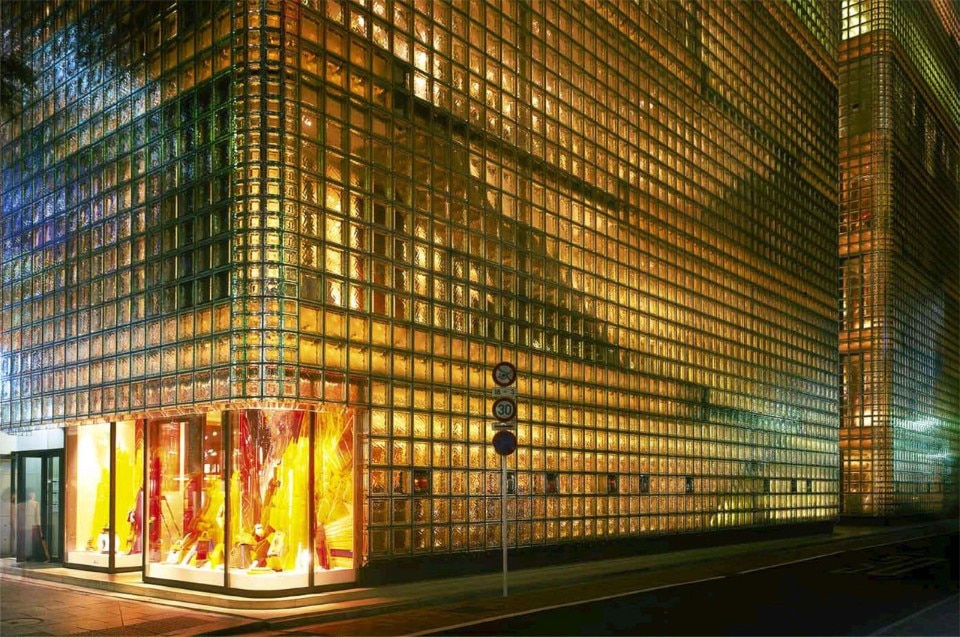
Since the 1990s, the pages of Domus have recounted the emergence of Piano as a charismatic figure who, after having been distinguished by a verbal aphasia, expressing himself solely through projects, had then found his most important value in words: as a great drafter of scenarios and promoter of values, words are partly the reason for a skyrocketing demand of Piano’s work all over the world from the late 80s, with larger and smaller projects realised upon invitation or after winning competitions all of them increasingly covered and enhanced in relevance by global media.
Those were the years of Kansai International Airport in Osaka (Domus 764, November 1994), and Beyeler foundation near Basel (Domus 798, November 1997), of the long-lasting project for Potsdamer Platz in Berlin (Domus 815, May 1999) and the Hermès building in Tokyo (Domus 841, October 2001)
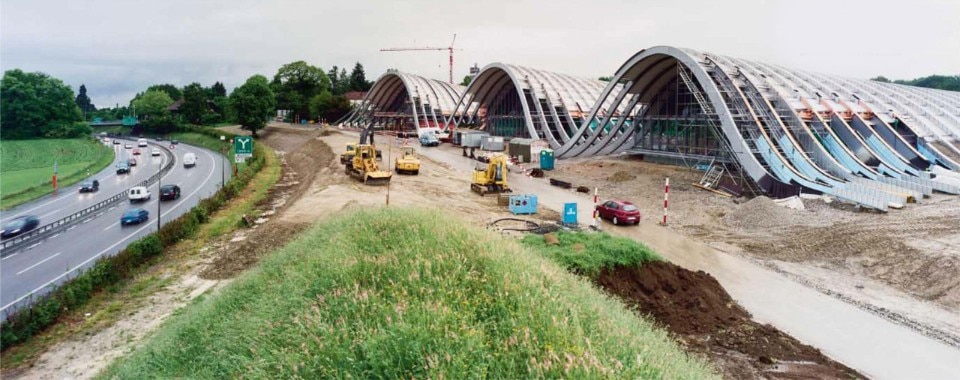
Domus has been meeting Piano several times along this path, to talk about constant principles with different applications, about the relationship between landscape and function as for the Zentrum Paul Klee in Bern (Domus 872, July 2004), or the relationship between sound and form, like the one structuring the Parco della Musica complex in Rome: “So you start to work on the sound but you abandon the world of acoustics. It is a little like a pinball that goes back and forth between the sphere of science and that of the emotions, of personal evaluation”.
(Music for architectures. Domus 858, April 2003)
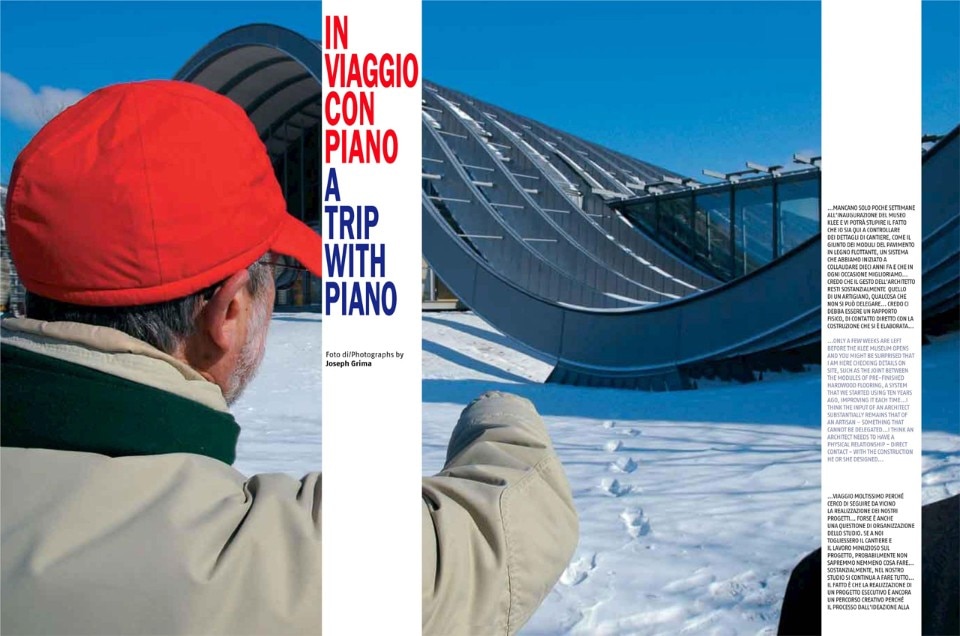
Piano’s operations have become global, he is always travelling, Domus has even shared a part of a trip with him, following him on the Klee site and the department store site in Cologne. It is there that Piano partly has partly responded to Sudjic, emancipating his language from the cliché about “style”, which “…is not to be understood as the repetition of architectural moves, but rather the accumulation of knowledge accumulated by the group of people who work with me. That makes me think of the use of wood. Wood is my material (…) It went from being an old –fashioned and traditional materil to being a super modern, structural and very trustworthy material” and in addition to the Nouméa Cultural Centre in New Caledonia (Domus 786, September 1996), it is Piano himself to evoke the lamellar arches conceived for the ark of Luigi Nono's opera Prometeo (Domus 667, December 1985).
“But we should never feel too satisfied with ourselves, otherwise we risk becoming self-referential (…) In the end, the real difficulty (real “style”) is found in gaining true freedom from oneself”. (In viaggio con Piano. Domus 881, May 2005). The trip would also give Piano the chance to outline a portrait of his studio’s organization and methodology: “Our office essentially still does everything…the realisation of the final project is still a creative process (…) and then each site is an opportunity for inventions that can be used in other projects, These sites are like laboratories, like machines of knowledge”. (Domus 881, May 2005)
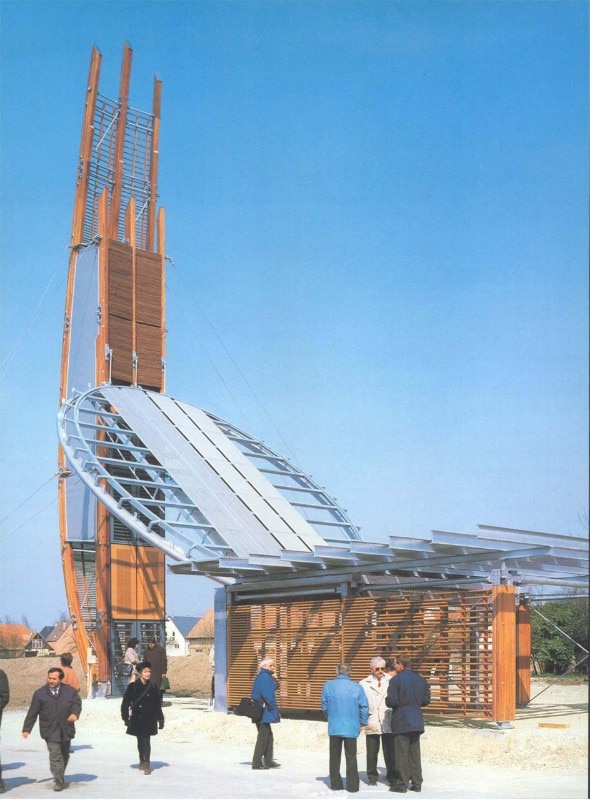
Once freed from teams and affiliations, Piano has continued through a long season of large projects, all of them having a strong urban landmark value – sometimes the result of extensive debates – and all of them bearing an almost unique signature, of a method that has become a language, of an exposed technology showing its fundamental mission in terms of ecology and performance, of details and materials whose choice becomes a guarantee of authorship and quality. This is the story of New York Times building in Manhattan, the Intesa Sanpaolo tower in Turin (Domus 994, September 2015), the Shard in London (Domus 1003, June 2016), the Whitney Museum back again in New York (Domus 992, June 2015).
I continue to believe that there are three spheres, three worlds, in our line of work: the technical sphere, the sphere of inventiveness and personal poetry, and that of social commitment. They make up the parts of a unified approach to architecture.
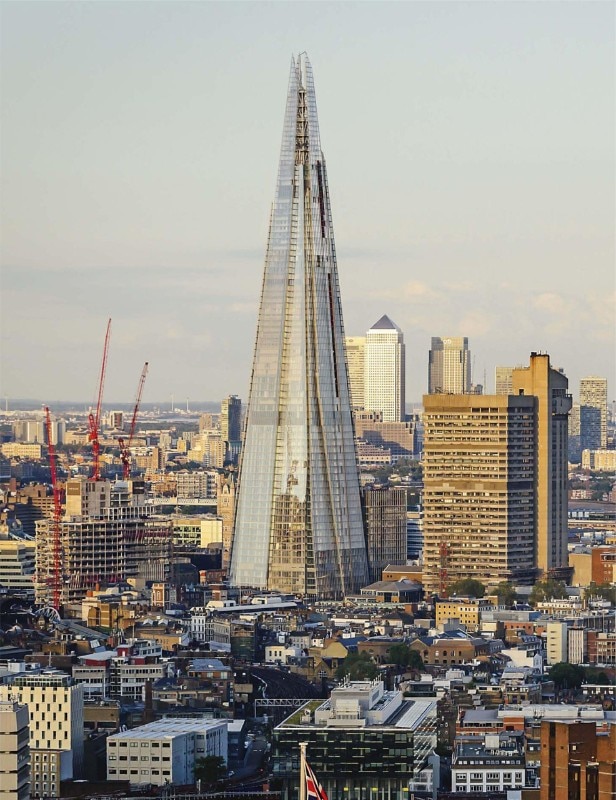
But Piano has been careful not to let these projects fall into the logic of standard recipes to be repeated all across the globe: they are all fine-tuned to interact with a context that, as the years go by, becomes more and more a social context.
After we had left him in Otranto, Apulia, in 1979, animating the neighbourhood workshops (Domus 599, October 1979), we have found Citizen Renzo Piano back again in 2016, sitting in Parliament as a senator for life: this was an opportunity for him to invest in his position to act on the physical and social fabric of cities, even renegotiating that role of architecture in society that critics had wanted to declare dead, if not null, years before. His office at the Senate palazzo has therefore become the home of G124, a group of young professionals called over to work on different Italian periphery neighbourhoods. The intervention methodology was labelled as a “general-practitioner” action: “It was like a good family doctor treating his patient holistically, based on knowledge of the symptoms and the clinical history. (...) They identified which things to change by means of light and non-invasive construction sites”. (L’architetto condotto. Domus 998, January 2016)
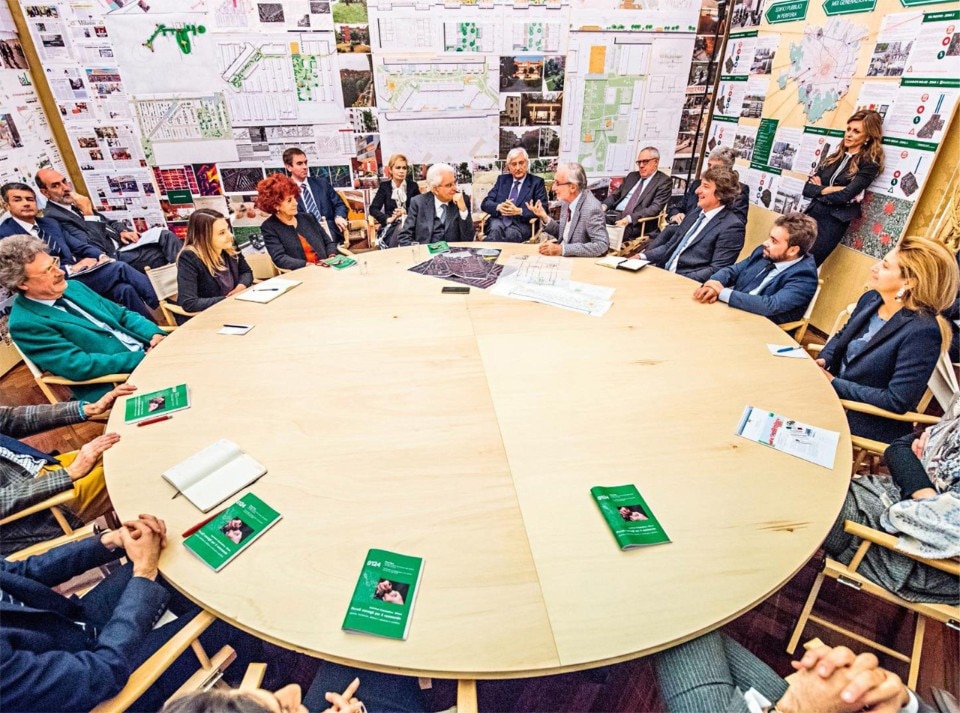
But one more question remains open: “where is Renzo Piano?”, Sudjic still seemed to ask, already in 2003. More an international than Italian, if not directly Parisian professional – nestled in his studio on the rue des Archives behind the windows of an iconic model workshop – over the years Renzo Piano has increasingly described himself as a Genoese.
It was in Genoa, in fact, that Domus first visited him, between the color-block walls of his radical-hi-tech studio (Domus 479, October 1969), and this bond of his with Genoa has been a constant throughout his career, taking shape in projects and places of great significance. In 1992 he has developed the Porto Antico area that has become a symbol of the city at the turn of the millennium (Domus 740, August 1992), ten years later we have found him again expanding his vision in a masterplan for the landscape and infrastructural regeneration of the entire urban area.
Then, in 2018, after the collapse of the Morandi bridge, his project has come, the Genova San Giorgio bridge, to reconcile the city with its trauma, and at the same time with its natural and human landscape. An approach defined as “anthropological”, which Piano has summarised in these words: “It will be a simple, frugal bridge, but not ordinary. A sober bridge in keeping with the nature of the Genovese (...) With its transparent sides and lack of superstructure, the bridge affords uncluttered views up the valley and out to sea, allow(ing) sunlight to slip over the surface”. (Molto più di un ponte. Domus 1059, July 2021)
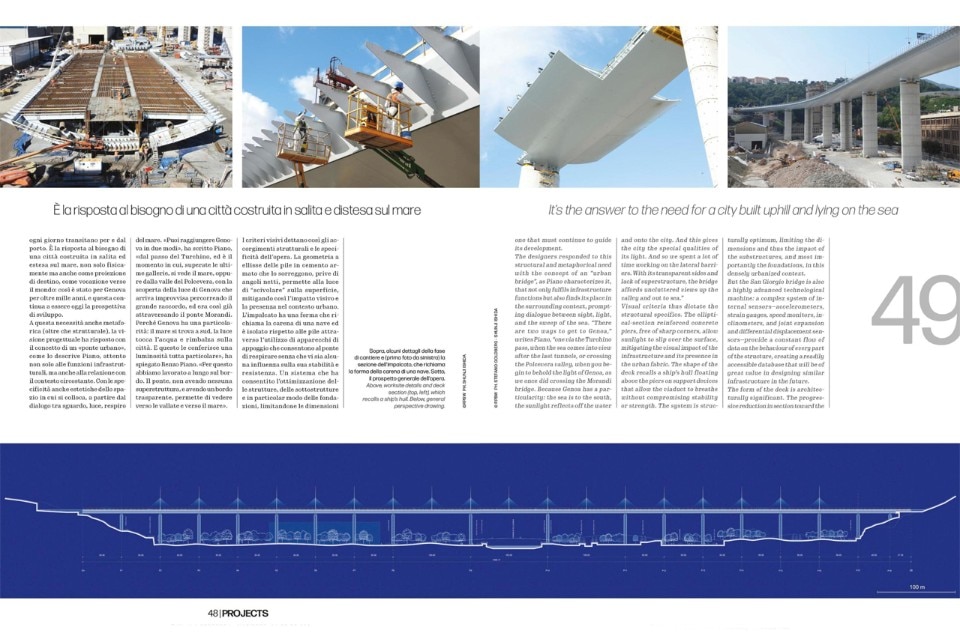
And this is how David Chipperfield has met Renzo Piano again for Domus, in 2020, once again in his studio, once again in Genoa, iconized by his methodological attributes of a reflective professional generating form from function and vision, by his personal attributes and even by his surrounding physical and relational environment: “The atmosphere of investigation and evolution is promoted not only by models and sketches with the tangibility or access they convey, but by the consistency of the work itself and the confident sense of purpose that emanates from the studio. (...) ‘I never start with a shape,’ Piano tells me, instead describing how he looks for possibilities in the programme and challenges in the building idea. ‘I never know what a building should look like’ (...) Renzo Piano’s work seems as timeless and modern as ever, happily pursued in this extraordinary space”. (La buona pratica. Domus 1045, April 2020)
